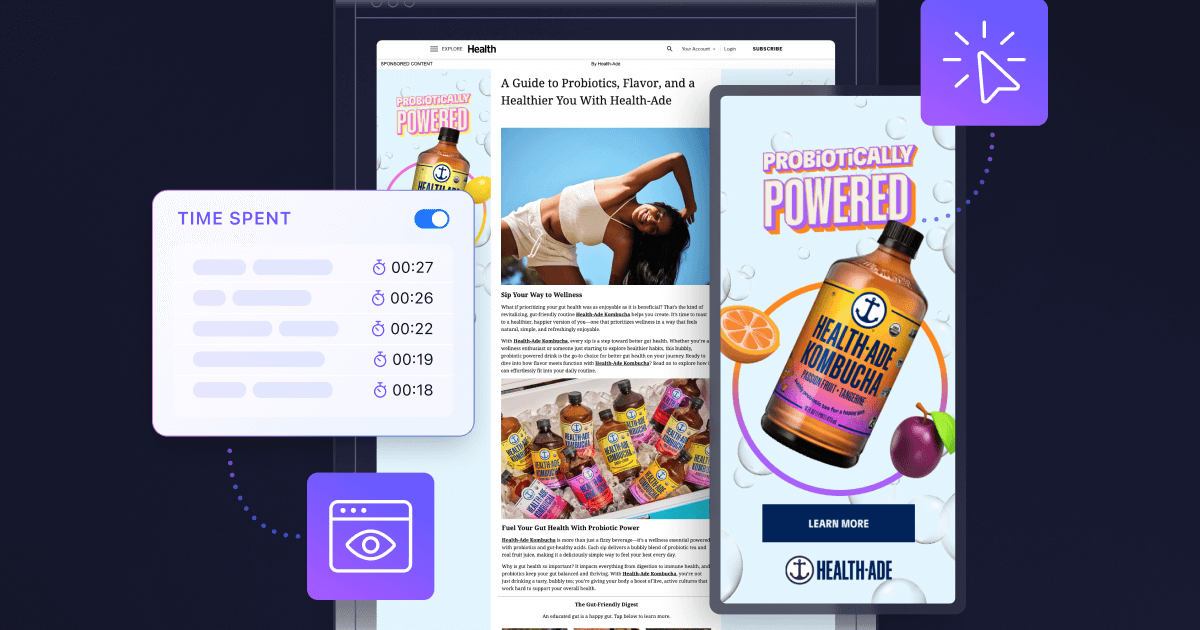Company Operating System (OS): The Effectiveness of a Workplace
.png)
Written by Mark Putrus, Chief People Officer at Nativo Inc.
Many businesses are calling workers back to the office, believing collaboration is better when face-to-face. Remote work is a tested and effective alternative. It allows flexible work schedules and distraction-free environments, often leading to increased productivity. As we discuss the future of work—whether it be remote, hybrid, or in-office—we should focus more on improving ‘how’ we work rather than just ‘where’ we work.
Think of a company like a computer’s Operating System (OS)—it helps everything run smoothly. But like a computer OS, company systems can have issues or “bugs.” These can range from poor communication to difficulties connecting with a distributed global team. Instead of fixing these problems one at a time, like engineers deploy “bug fixes,” we should update our whole operating model.
The pandemic was a major stress test for our work systems. It forced companies to adapt quickly and develop new ways to work remotely. Companies that were already digital-first or remote-first had an advantage and have continued to succeed. For these companies, remote work isn’t just a bonus; it's a thoughtfully planned and continuously improved operating model.
Of course, remote work doesn't suit everyone. Different people have different needs and preferences when it comes to their work environments. What's important is understanding these differences and creating work systems that can accommodate them.
Critics of remote work are often frustrated by the legacy, in-office operating model deployed into the remote work environment. This approach can lead to problems like “Zoom fatigue.” But these issues are about how we work, not where we work. We all know that too many unnecessary meetings can drain productivity, whether in-person or virtual.
Today, we have an incredible opportunity to improve the way we work. Imagine a work operating system that’s flexible, inclusive, and outcome-focused. Here’s how we can make this vision a reality:
🩺 Run a Diagnostic: Look for areas of friction in your organization, like overuse of certain tools or barriers to completing tasks.
📑 Create a Plan: Consider how you could adapt how you've always done things to suit a flexible, remote work environment. This could include adopting asynchronous (not at the same time) work methods.
⏰ Embrace Flexibility: Let go of the traditional '9 to 5' schedule and allow workers to choose when and where they work. Remote work can mean working from anywhere, not just from home.
✍️ Document with Purpose: To improve productivity and inclusion, make sure everyone has easy access to clear guidelines, procedures, and best practices. These should be created by those who know the work best.
📣 Check-in on Your Company Culture: Creating a supportive and inclusive culture is key. Make sure your company values and operating principles are clear and widely understood.
Now is the time to shape a better work environment for everyone. Let's take this chance to build a flexible, inclusive, high-performing workplace that empowers everyone to reach their full potential.
Discover how Nativo earned recognition as a top company for career growth and leadership by Comparably. Read more now!

.jpg)


